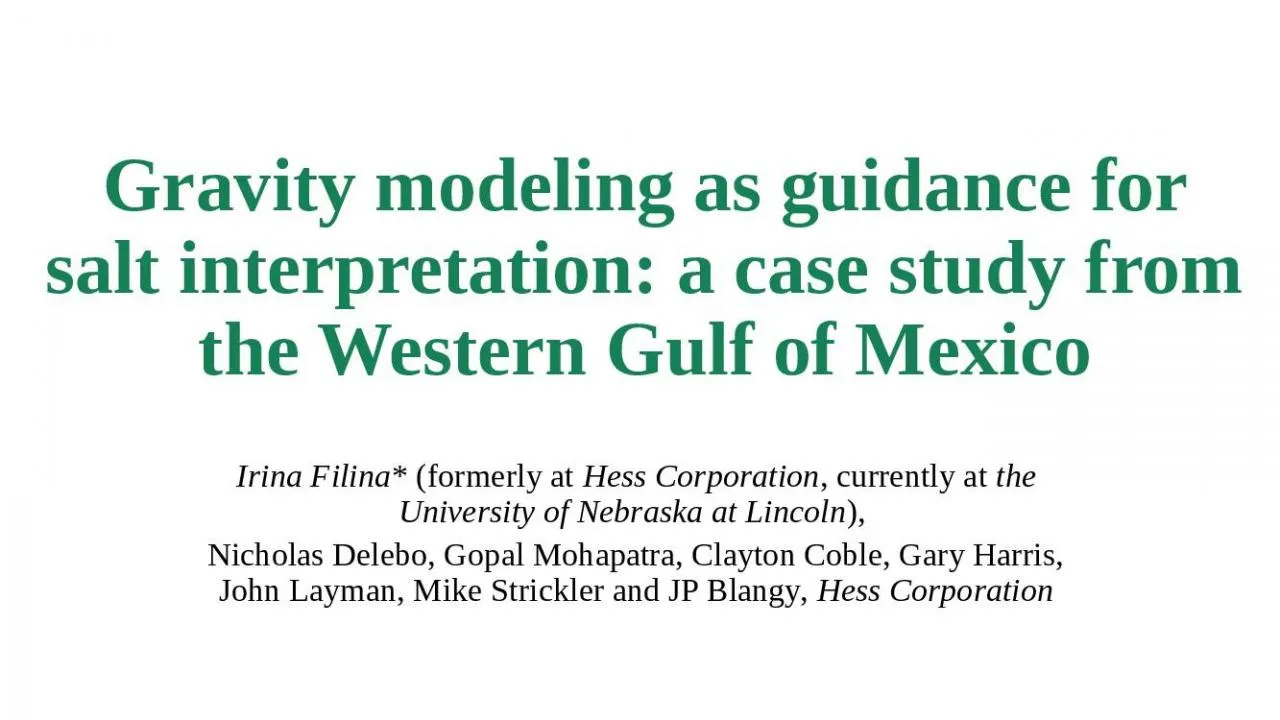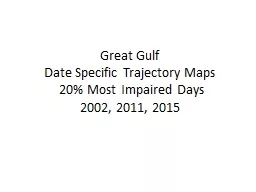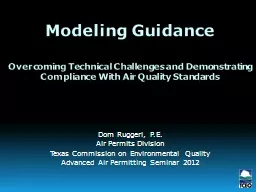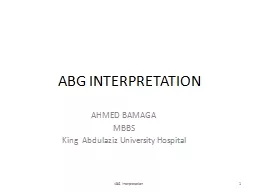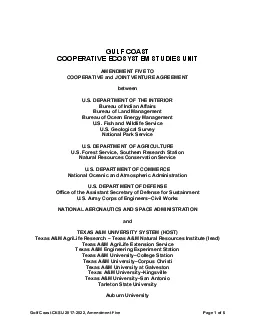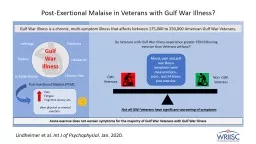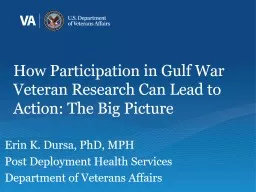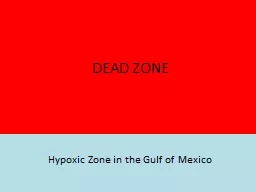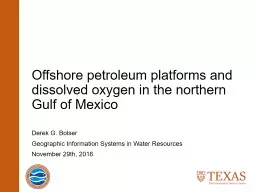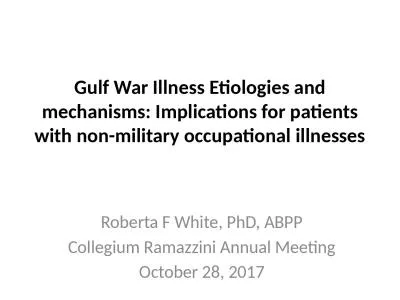PPT-Gravity modeling as guidance for salt interpretation: a case study from the Western Gulf
Author : oryan | Published Date : 2022-02-16
Mexico Irina Filina formerly at Hess Corporation currently at the University of Nebraska at Lincoln Nicholas Delebo Gopal Mohapatra Clayton Coble Gary Harris
Presentation Embed Code
Download Presentation
Download Presentation The PPT/PDF document "Gravity modeling as guidance for salt i..." is the property of its rightful owner. Permission is granted to download and print the materials on this website for personal, non-commercial use only, and to display it on your personal computer provided you do not modify the materials and that you retain all copyright notices contained in the materials. By downloading content from our website, you accept the terms of this agreement.
Gravity modeling as guidance for salt interpretation: a case study from the Western Gulf: Transcript
Download Rules Of Document
"Gravity modeling as guidance for salt interpretation: a case study from the Western Gulf"The content belongs to its owner. You may download and print it for personal use, without modification, and keep all copyright notices. By downloading, you agree to these terms.
Related Documents

